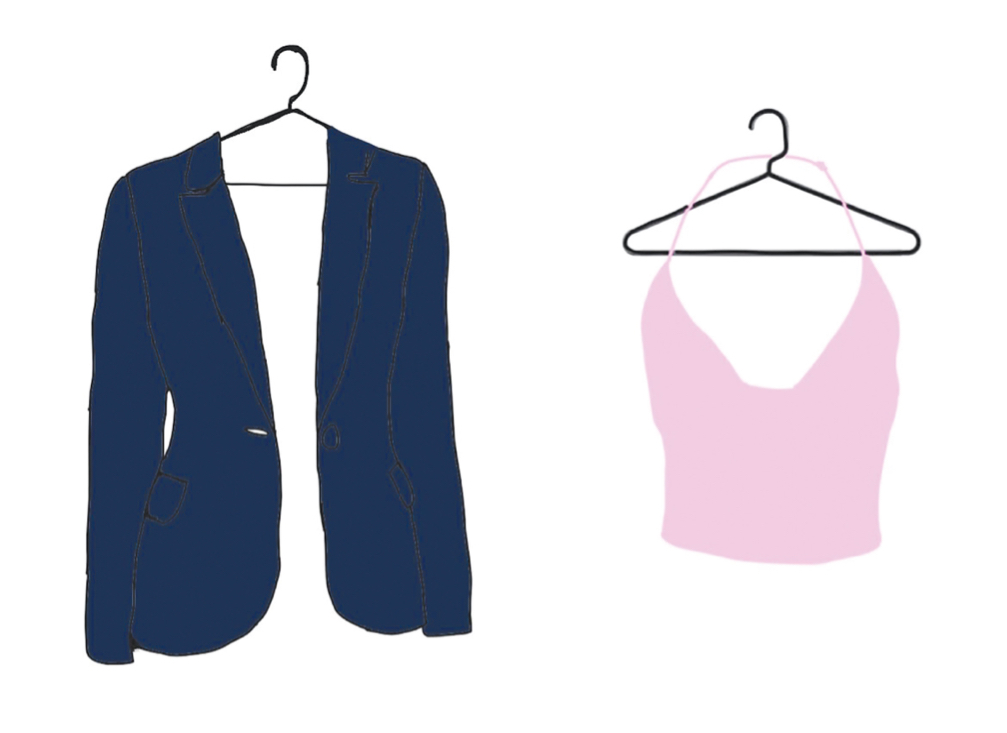The debate on whether or not colleges should reopen has been widely discussed throughout the course of the global Coronavirus pandemic. In the spring of 2020, many colleges and universities shut down face-to-face schooling to stop the spread of COVID-19, using the distance learning format that primary and secondary schools also followed. Many students struggled not only with the threat of the virus, but with paying for essential supplies and having access to the resources they needed to succeed in their newly remote format of higher education. Grading policies ranged from a choice between letter grades and pass/fail classes (like at UC Davis), to blanket pass/fail (for example, Yale University), to little change in grading at all (e.g. Clemson University). College students across the nation were largely disappointed with finishing out the academic year online, particularly those with harsh financial and life circumstances, and those graduating.
Hence, as the fall semester continues, some colleges have begun to start reopening in various ways, perhaps in an attempt to retain more students, as deferments have reached record highs of 19%, even at top universities like Harvard, according to an article published in their Gazette. Unfortunately, this decision to reopen came with serious consequences. At universities like UNC Chapel Hill and the University of Notre Dame, campuses reopened to students and promptly closed again due to new cases of the coronavirus. Following an article published by CNBC, “At the time of the decision, school representatives said the rate of students positive for Covid-19 had jumped from 2.8% to 13.6% over the week students were on campus.”
That is a troubling increase of almost 400% in positive COVID cases. Let us take a look at the hybrid model colleges such as Carnegie Mellon have implemented for the fall. This model, which is somewhere in between in-person and remote, would offer both styles of classes for every course that could accommodate them. The school day begins with a college student’s first class at 8 AM, with a thirty minute break between each class in order to allow for proper cleaning and social distancing protocols. Classes usually will not exceed 40 people, but if physical distancing is still followed, classes may be allowed to expand in some cases. Higher education would additionally be required to have a backup plan in case there are Coronavirus outbreaks upon the hybrid reopening and professors need to revert to remote learning again.
“I understand why colleges would be anxious to reopen,” said College and Career Counselor Ms. Lauren Haines. “Staff members work in schools because we like working with students! But I believe keeping our community healthy is a top priority. Several colleges outside of California have opened up and then had to shut down again quickly due to cases of COVID-19 among students and/or staff. I’m grateful that at SM we have a safe plan that we’re sticking with until another safe plan is available.”

The third and final model is likely the most familiar to us all: remote or distance learning. Many colleges and universities have stuck with this plan voluntarily, while others have been forced into it due to increased infection rates in their location. Multiple Ivy League schools such as Dartmouth and Harvard are bringing only certain grade levels back to campus at certain times. For example, seniors coming back to campus for Spring 2021 and graduation, while all other schoolwork and tests would take place fully online. Students would be required to quarantine for 14 days in some cases in order to be allowed back into living quarters and everyone is expected to follow social distancing standards. In terms of costs, several universities have chosen to reduce tuition or waive certain fees. Forbes reports that Princeton reduced tuition by 10% this year, while Ohio State University reduced tuition 25% in the summer and plans to waive fees such as recreational costs for students during the fall.

This last model is undoubtedly the safest. The reopening of colleges as of now is too soon for college students, even if many are following the guidelines given to them by the CDC and their university. Too many colleges this semester have had to roll back reopening because of the spread of COVID-19 ramping up as a result, and by having gatherings on or close to campus, students are delaying the date for when they can actually start attending school in person again. While colleges and universities still have a way to go with supporting their students financially and academically, safety should be the first priority for everyone. We cannot think about holding in-person classes until we can ensure that COVID-19 cases will still be declining.
Opinion Editor
Summer is a senior at San Marcos High School…





























